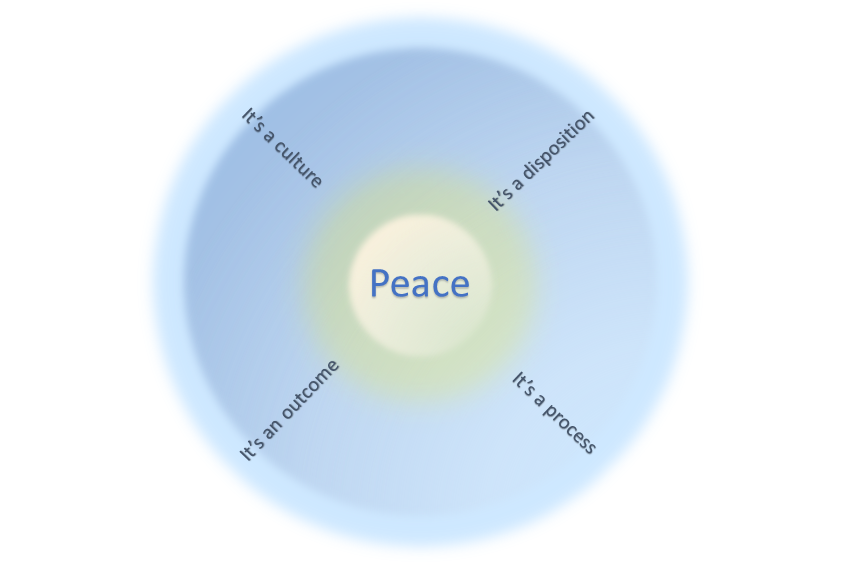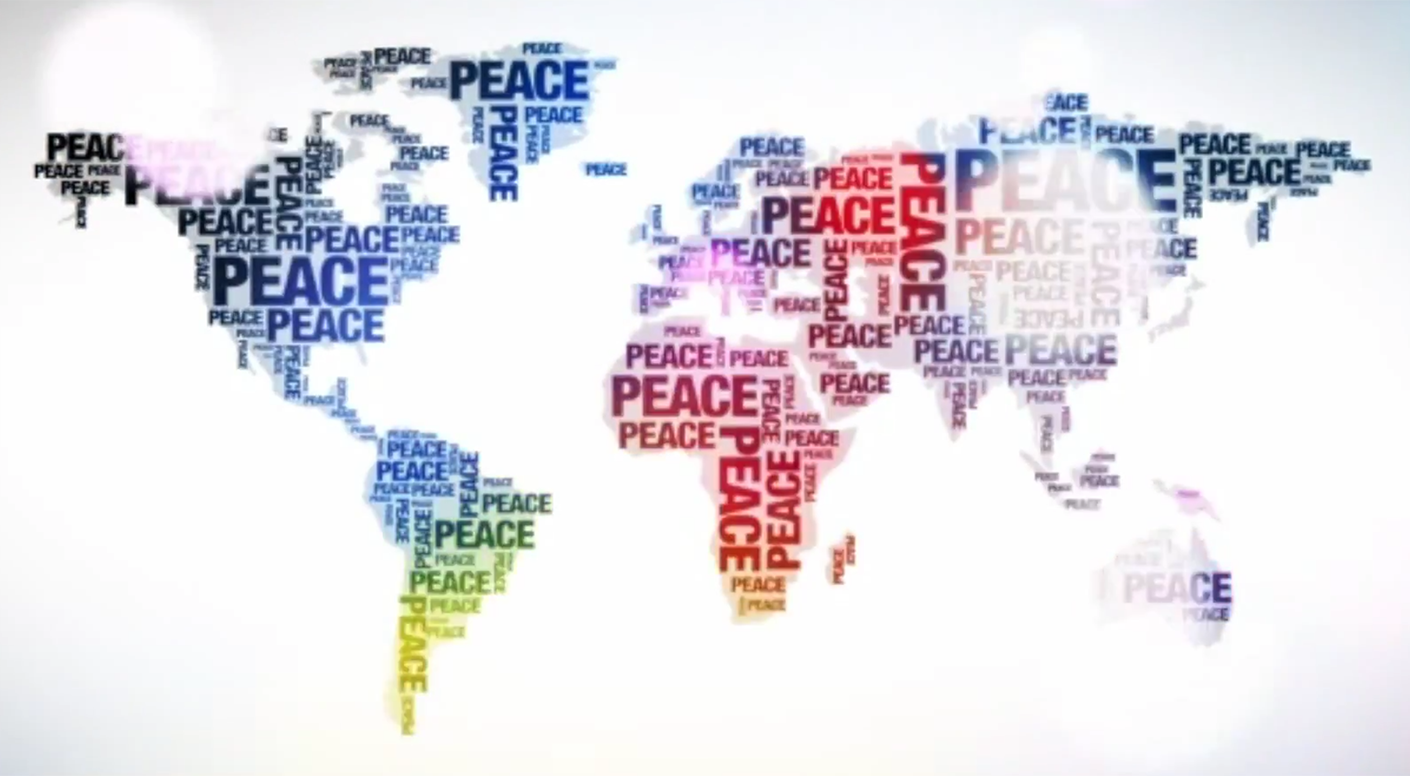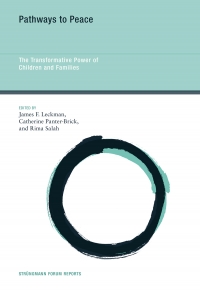What is peace?
Introduction
There are many definitions of peace, but all of them are rooted in notions of individual flourishing, cooperation, mutual respect, and justice. It is one thing for children to be healthy, but an ideal world would foster children who are also peaceful—children who have the capacity for empathy, respect for others, commitment to fairness, and trust in relationships with other people.
Defining “peace”
Every language has a word to describe “peace” but defining it is hardly straight-forward. In the English language, for example, the Oxford English Dictionary provides these primary definitions:
Freedom from …
- civil unrest or disorder; public order and security
- quarrels or dissension between individuals, especially in early use, between an individual and God; a state of friendliness; amity, concord
- anxiety, disturbance (emotional, mental, or spiritual), or inner conflict; calm, tranquility
- external disturbance, interference, or perturbation, especially as a condition of an individual
- absence of, or cessation of war or hostilities; the condition or state of a nation or community in which it is not at war with another
- absence of noise, movement, or activity; stillness, quiet
The multiple components of peace

Given the multiple, yet related meanings, what do we mean by peace and its manifestations?
We define peace through the following four components:
- Peace is an outcome (e.g., it is assessed by the absence or cessation of violence).
- Peace is a process (e.g., peacebuilding is characterized by efforts to negotiate freedom from violence through the creation of social bonds within and across groups of people.)
- Peace is a human disposition (e.e., it is a personal and social orientation to secure freedom from distress and to foster a capacity to act, predicated on a fundamental recognition of freedom and dignity of all people).
- Peace is a culture (i.e., it is distinctive from a culture of violence, and fosters a sense of global citizenship.)
We view peaceful children as individuals who are committed or relational harmony and social justice, resting on steadfast attentiveness to human dignity, with the power to promote this human disposition across generations. These children have additional capabilities: the capacity for empathy, respect for others, commitment to fairness, and trust in relationship with other people.
The above excerpts and graphic (reproduced) reprinted from Leckman, J.F., Panter-Brick, C., & Salah, R. (2014). Peace is a lifelong process: The importance of partnerships. In Leckman, J.F., Panter-Brick, C., & Salah, R. (Eds.), Pathways to peace: The transformative power of children and families (pages 1-17) , with permission from the authors.
Contributor: James F. Leckman, M.D., Ph.D., serves as ECPC Executive Committee Member. He is Neison Harris Professor in the Child Study Center and Professor of Pediatrics at the Yale School of Medicine.
Reference
Leckman, J.F., Panter-Brick, C., & Salah, R. (2014). Peace is a lifelong process: The importance of partnerships. In Leckman, J.F., Panter-Brick, C., & Salah, R. (Eds.), Pathways to peace: The transformative power of children and families (pages 1-17). Boston: MIT Press.
JOIN THE CONVERSATION
For breaking news and to stay connected, follow us on social media. Sign up to get our E-News delivered straight to your inbox.



